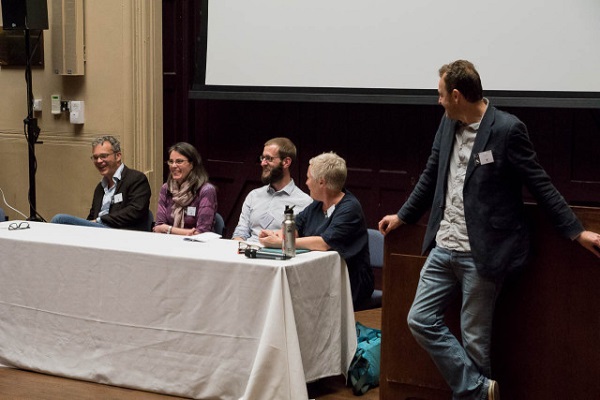
Thank you to everyone who attended the public event, Pets, Pests, and People held at the VG&M on Friday, October 13. We had over 80 people present for the talks and the drinks reception. I’d call that a success!
The event was an evening of science and wine as a panel of leading international archaeologists discussed the history of our unique relationships with animals from past to present. The event was followed by a wine reception where attendees had the chance to chat with our invited speakers about what animals have done for us!
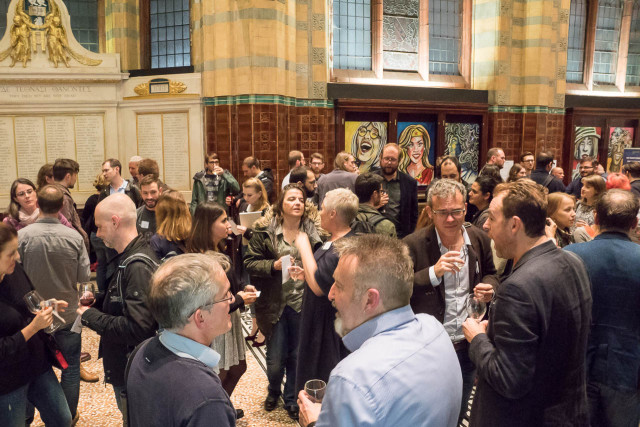
About the speakers
Chaired by Professor Mark Thomas, UCL
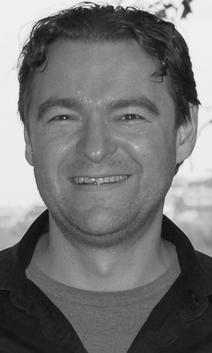
Mark Thomas is Professor of Evolutionary Genetics in the Research Department of Genetics, Evolution and Environment at University College London.
Professor Ian Barnes, Natural History Museum
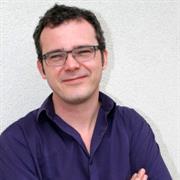
Ian Barnes mistook the early Indiana Jones movies as a series of career information films, and ended up doing a degree in archaeology at the University of Bradford. Realising that UK archaeology in the 90’s was all beards, and no bullwhips, he took inspiration from another of Mr Spielbergs excellent documentaries, Jurassic Park, and began working on ancient DNA during a PhD at the University of York.
No doubt due to the excellent, high quality PhD supervision he received in York, and in his subsequent post-doc at UCL, he has been able to work around the world on a variety of ancient DNA projects. Recent projects have seen him in NE Siberia, studying megafaunal extinctions, the Caribbean, studying species diversity, and Somerset, asking whether it’s ever acceptable to eat your next-door neighbours.
Ian is now the Research Leader for Ancient DNA at the Natural History Museum, and works heavily with the museum collections. Two days ago, he returned from Colombia, where he is working on a project developing genomic expertise in one of the world’s most biologically diverse countries.
During the return flight, Ian has been thinking about how we use DNA from museum collections, and about the post-Brexit world of Global Challenges.
Dr. Camilla Speller, University of York
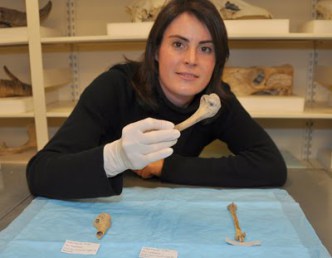
Camilla Speller is an archaeologist – but not the cool kind. Instead of digging up buried treasure in exotic locals, she spends her research time in an ultra-clean laboratory. After finishing her undergraduate degree in Archaeology at the University of Calgary, in Canada, she decided she wanted to do something ‘sciency’, and dived headlong into the world of ancient genetics. She now attempts to recover DNA from archaeological animal bones to understand the complex and dynamic relationship between people and animals in different times in places, including ancient hunting and fishing practices and animal domestication. Most recently, she has started looking into the mouths of skeletons for clues about the animals they ate. Camilla is now a Senior Lecturer in Bioarchaeology at the University of York, and sometimes secretly wishes she could go back to digging in the dirt.
Dr Jacqui Mulville, Cardiff University
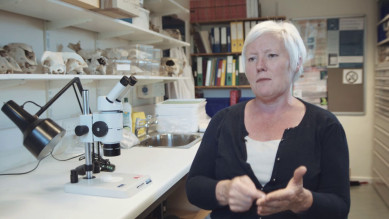
Constantly being identified as a ‘Woolyback’ during her formative years, may have played a part in Jacqui down the pathway of studying biology at Uni – but prior to leaving home for the bright lights of London she ended up spending a summer digging at Beeston Castle, near Chester. Jacqui came back every summer to dig, firstly excavating a medieval castle and latterly a Bronze Age settlement (with lovely posthole, axes and bones!). As a result Jacqui got sucked into archaeology, and combining her two interests now specialises in long dead animals and their people. After many years of her mother asking when she would get a proper job, she got a PhD and is now Head of Archaeology at Cardiff University. Jacqui’s animal research ranges from pampered pets to pests, from farmed animals to free roaming deer, and from biomolecules to Blue whales.
Jacqui is keen to talk to everyone about how fascinating the past is. Also she feels it is important to us, and to the other inhabitants of planet earth, that we humans understand our place in the world.
Dr David Ashmore, University of Liverpool
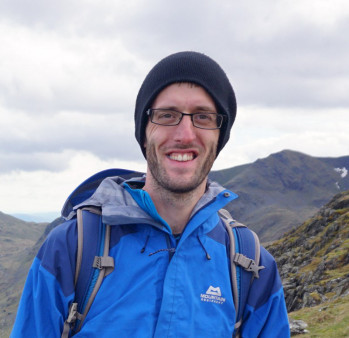
David Ashmore is a geographer at the University of Liverpool where he (mostly) sits behind a computer looking at how processes at the surface and beds of glaciers affect their flow and contribution to sea level. When he gets let out into the field he works in Greenland and Antarctica drilling holes and collecting data that try to give insights into how glaciers work at the ends of the earth.
This interest in polar science grew into an interest in polar history, and it was during two field seasons camping in Antarctica when he started to learn about the unique history of dogs there. David was struck by how today, 24 years since dogs left the continent, they still have a special place in the hearts of those who utterly relied on them for travel and safety. This evening he will give a whistle-stop tour of how dogs laid the foundation of modern Antarctic science, became pets and eventually were outlawed as pests.